Fontanafredda Serralunga d'Alba Barolo 2013
-
Wine
Enthusiast -
Robert
Parker -
James
Suckling -
Wine
Spectator




Product Details
Your Rating
Somm Note
Winemaker Notes
Ideal with big red meat dishes and medium or mature cheeses, it can also make for pleasant after-dinner company.
Professional Ratings
-
Wine Enthusiast
Woodland berry, crushed mint and pressed rose aromas lift out of the glass. Firmly structured but also boasting finesse, the focused palate presents red cherry, raspberry, clove and a hint of chopped herb framed in taut, fine-grained tannins and bright acidity. Drink 2025–2043.
Cellar Selection -
Robert Parker's Wine Advocate
The 2013 Barolo Serralunga d'Alba is a wine of heft and power. This is a site-specific expression that reflects the darker colors, aromatic intensity and firmer tannic structure that can be achieved specifically in this township. The wine impresses for its focus and finesse. A greater percentage of barrique is used because the fruit had the dense fiber and broad shoulders to support that extra oak. Serralunga d'Alba became its own Barolo sub zone in 1988. Like the many vintages made since then, this wine makes a bold statement on the unique qualities that define this celebrated Barolo sub zone.
-
James Suckling
Very pretty aromas and flavors of strawberry, lemon and stones. Some ash too. Full body, linear and tannic yet racy and beautiful. Drink in 2019.
-
Wine Spectator
Cherry, strawberry and mineral flavors are the hallmarks of this elegant red, whose dense tannins lend support. Winds down with tobacco and chalk notes. Best from 2023 through 2038.
Other Vintages
2019-
Wine
Enthusiast -
James
Suckling
-
Wine
Spectator -
James
Suckling
-
Wine
Enthusiast -
Wine
Spectator -
James
Suckling -
Wine &
Spirits
-
James
Suckling -
Wine
Enthusiast - Decanter
-
Wine &
Spirits
-
Wine
Enthusiast -
James
Suckling -
Wilfred
Wong -
Robert
Parker
-
James
Suckling - Decanter
-
Wine
Enthusiast -
Wine &
Spirits
-
James
Suckling -
Wine
Enthusiast -
Robert
Parker
-
James
Suckling -
Wine
Spectator -
Wine
Enthusiast -
Robert
Parker
-
Robert
Parker -
Wine
Spectator -
James
Suckling
- Decanter
-
James
Suckling
-
Wine
Spectator -
Robert
Parker
-
Wine
Enthusiast -
James
Suckling
-
Wine &
Spirits -
Wine
Spectator -
James
Suckling
-
Wine
Spectator
-
Wine
Spectator
-
Robert
Parker
-
Wine
Spectator

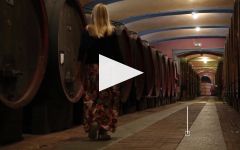
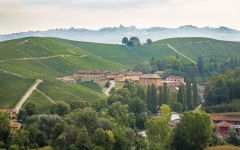
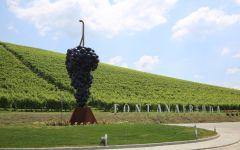
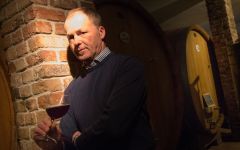
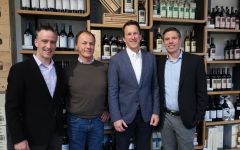
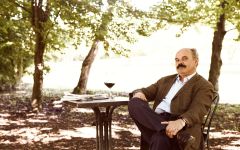
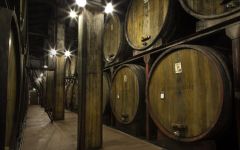
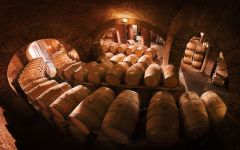
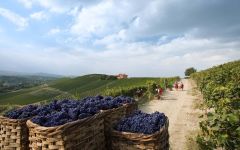
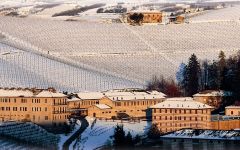
Since 1878, the Fontanafredda Estate & Winery, located in the heart of Piedmont’s Langhe region, has been a benchmark producer of Barolo and Barbera, crafting wines that deftly balance deep aromas and concentration of fruit with elegance.
The history of Fontanafredda is a noble one. It began in 1858 after the unification of Italy, when the country’s first king, Vittorio Emanuele II, purchased this beautiful estate in Piedmont’s Langhe region. Here he started producing wine from native varietals, Dolcetto, Barbera and Nebbiolo, which later developed into a commercial business under the direction of the King’s son, Count Mirafiori. Fontanafredda released their first Nebbiolo labeled as Barolo with the 1878 vintage.
The 250-acre Fontanafredda Barolo cru property in Serralunga d’Alba is the single largest contiguous wine estate in the Langhe. Additional properties in the communes of Barolo and Diano d’Alba bring the total acreage of estate-owned land to 305. The ability to source fruit from some of the Barolo region’s most prized vineyard sites provides Fontanafredda with grapes of the highest quality. There are two main soil types that cover Barolo: Tortonian in the western region that is heavy in clay and magnesium deposits. Wines grown in this soil tends to be more fragrant, elegant and soft, but with notable richness. In eastern Barolo, the chalky, limestone and mineral rich Helvetian soil produces wines of deeper color, body and tannic structure, making for long-lived wines.
Fontanafredda owners Oscar Farinetti and business partner Luca Baffigo Filangieri - founders of the famous EATALY concepts in Italy, Japan and New York - have provided full support to a series of initiatives that started in 1999 by winemaker Danilo Drocco and viticulturist Alberto Grasso. These initiatives involve changes in both the winery and the vineyards that aim to increase the quality of the wines and ensure greater sustainability measures. Drocco and Grasso guide the winery and estate with a philosophy of ecological responsibility and future sustainability. All estate vineyards are managed to achieve a “zero chemical” program, using only natural methods for fertilization and pest control. The vineyard team is working with their grower partners across the region to transition them to the same eco-friendly farming standards. The Fontanafredda estate operates as a refuge for a wide array of local flora and fauna.
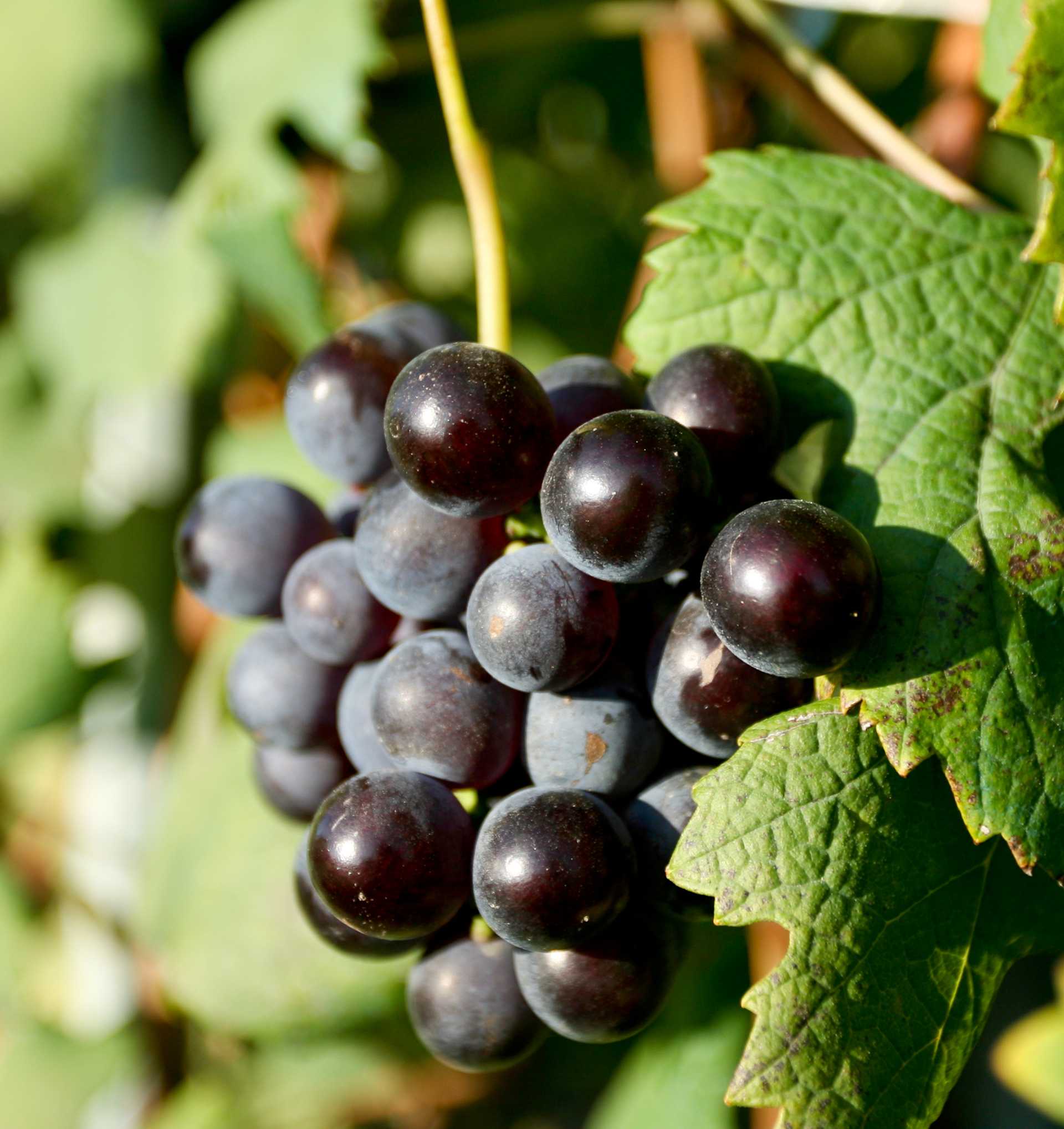
Responsible for some of the most elegant and age-worthy wines in the world, Nebbiolo, named for the ubiquitous autumnal fog (called nebbia in Italian), is the star variety of northern Italy’s Piedmont region. Grown throughout the area, as well as in the neighboring Valle d’Aosta and Valtellina, it reaches its highest potential in the Piedmontese villages of Barolo, Barbaresco and Roero. Outside of Italy, growers are still very much in the experimentation stage but some success has been achieved in parts of California. Somm Secret—If you’re new to Nebbiolo, start with a charming, wallet-friendly, early-drinking Langhe Nebbiolo or Nebbiolo d'Alba.

The center of the production of the world’s most exclusive and age-worthy red wines made from Nebbiolo, the Barolo wine region includes five core townships: La Morra, Monforte d’Alba, Serralunga d’Alba, Castiglione Falletto and the Barolo village itself, as well as a few outlying villages. The landscape of Barolo, characterized by prominent and castle-topped hills, is full of history and romance centered on the Nebbiolo grape. Its wines, with the signature “tar and roses” aromas, have a deceptively light garnet color but full presence on the palate and plenty of tannins and acidity. In a well-made Barolo wine, one can expect to find complexity and good evolution with notes of, for example, strawberry, cherry, plum, leather, truffle, anise, fresh and dried herbs, tobacco and violets.
There are two predominant soil types here, which distinguish Barolo from the lesser surrounding areas. Compact and fertile Tortonian sandy marls define the vineyards farthest west and at higher elevations. Typically the Barolo wines coming from this side, from La Morra and Barolo, can be approachable relatively early on in their evolution and represent the “feminine” side of Barolo, often closer in style to Barbaresco with elegant perfume and fresh fruit.
On the eastern side of the Barolo wine region, Helvetian soils of compressed sandstone and chalks are less fertile, producing wines with intense body, power and structured tannins. This more “masculine” style comes from Monforte d’Alba and Serralunga d’Alba. The township of Castiglione Falletto covers a spine with both soil types.
The best Barolo wines need 10-15 years before they are ready to drink, and can further age for several decades.
